“High Sierra” is the first of five films starring the multi-talented Ida Lupino to play this month at the Los Angeles County Museum of Art. The Tuesday matinee series runs June 2-30.
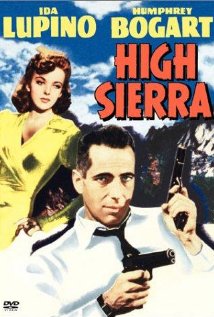 Most famous as an actress, Lupino was also a director, writer and producer. She was the second woman (after Dorothy Arzner) to join the Directors Guild of America. Lupino was known for her energy and her intensity as well as her fiery temperament and mercurial character. She once described herself as “the poor man’s Bette Davis.” Like Davis, Lupino craved meaty, challenging roles and was not afraid to look unglamorous while playing them.
Most famous as an actress, Lupino was also a director, writer and producer. She was the second woman (after Dorothy Arzner) to join the Directors Guild of America. Lupino was known for her energy and her intensity as well as her fiery temperament and mercurial character. She once described herself as “the poor man’s Bette Davis.” Like Davis, Lupino craved meaty, challenging roles and was not afraid to look unglamorous while playing them.
Earlier in her career, she was billed as “the English Jean Harlow” and she was made to dye her hair blonde. But whether she was a blonde or a brunette, Lupino had a strong affinity with film noir. She certainly had a knack for playing tough broads and bad girls from the wrong side of the tracks.
In addition to “They Drive By Night” and “High Sierra,” she earned 15 film noir or crime/mystery acting credits. She directed seven feature films (most notably “The Hitch-Hiker” and “The Bigamist” both from 1953) as well as many TV shows.
Thank you, Lacma, for celebrating Lupino’s rich and enduring contribution to film noir. The other films in the series are: “Ladies in Retirement,” “The Man I Love,” “Road House” and “The Big Knife.”
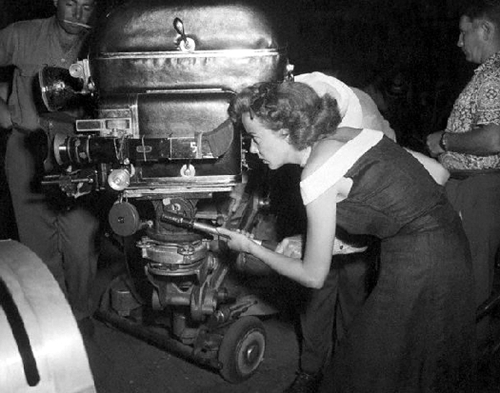






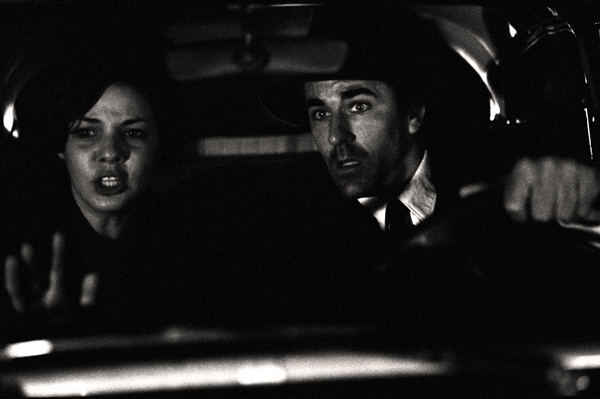
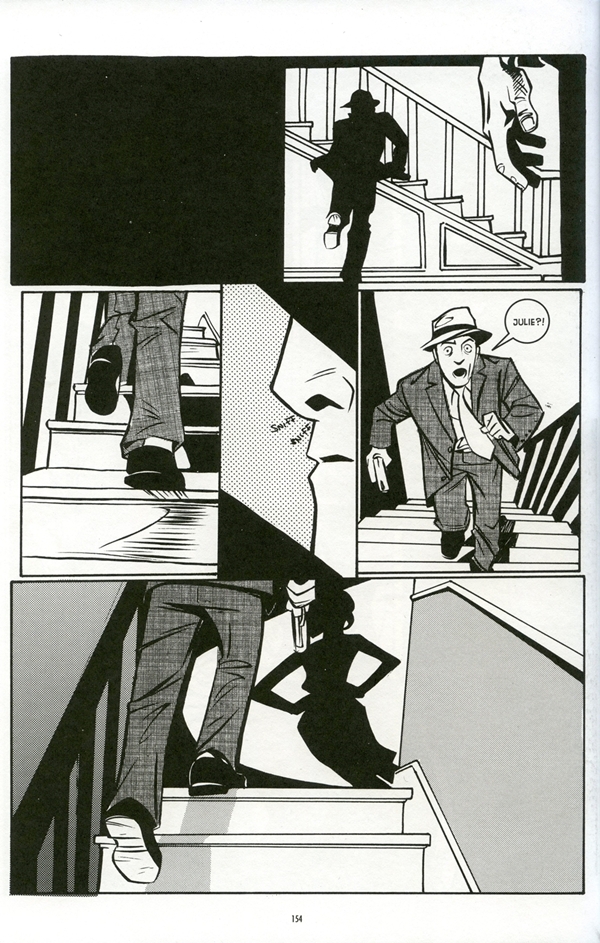
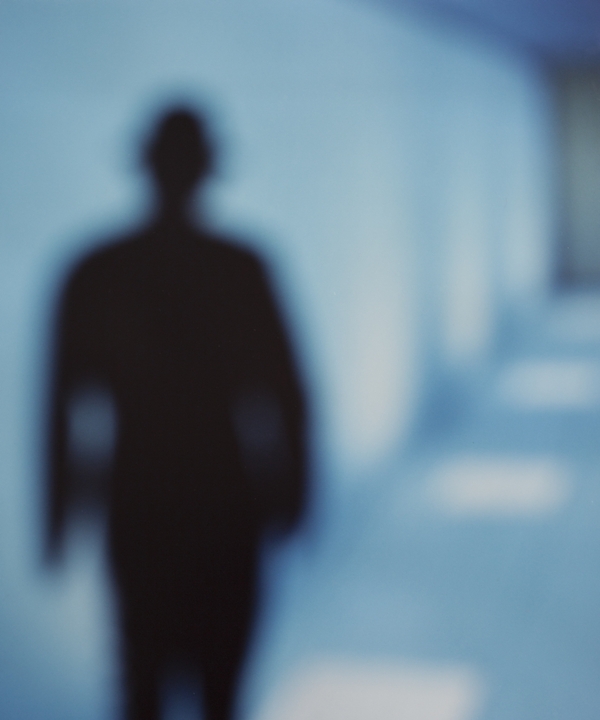
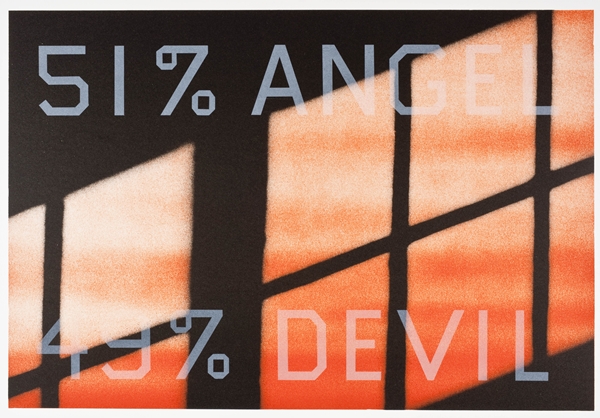
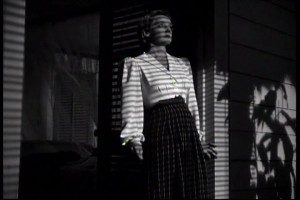





From FNB readers